(3503 products available)


















































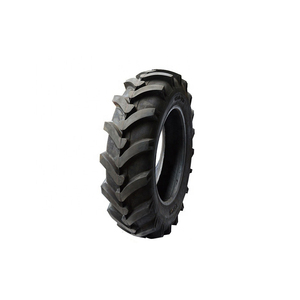
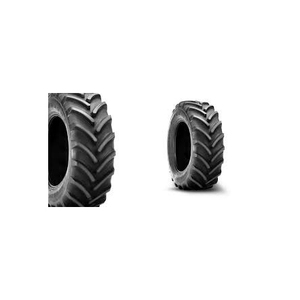
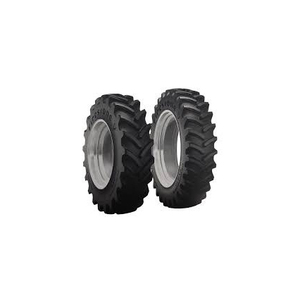

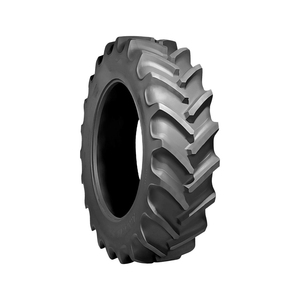





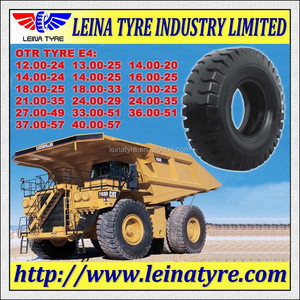


















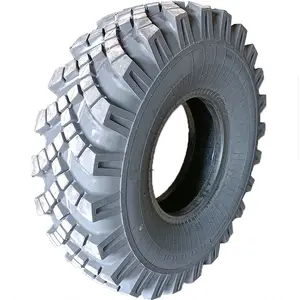



















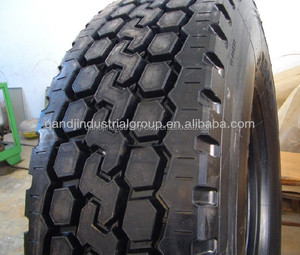



































































The 14.00 24 tire size is used for heavy-duty trucks, buses, and construction vehicles. The tires are tough and designed to deliver high performance in demanding applications. Here are some common types of 14.00 24 tires:
14.00-24 Load Range G Tires
These tires are usually fitted on dump trucks, concrete mixer trucks, and other heavy trucks. They have a deep and wide tread design for excellent traction and long wear. Some 14.00-24 load range G tires have self-cleaning treads, which are ideal for off-road applications. The tires also have reinforced sidewalls to protect against cuts and punctures.
14.00-24 Load Range H Tires
These 14.00 24 tires are designed for ultra-high-performance trucks. They have a specialized rubber compound that provides high grip on both dry and wet roads. The tires also have a symmetrical or asymmetrical tread pattern for stability and low noise. The 14.00-24 Load Range H tires are suitable for long-distance transportation at high speeds.
14.00-24 Radial Tire
The 14.00-24 radial tires have been engineered with modern radial tire technology. The 14.00-24 radial truck tires have great stability, low rolling resistance, and uniform wear. This helps the tires to have a longer lifespan and better fuel efficiency. The 14.00-24 radial tires also have better handling and ride comfort compared to conventional bias-ply tires.
14.00-24 Bias Ply Tires
These 14.00 24 truck tires are manufactured using traditional bias-ply technology. The bias-ply tires have a flexible sidewall and a conforming tread. This provides better traction on loose surfaces. The 14.00-24 Bias Ply Tires are more affordable than radial tires. They are commonly found in developing countries where the roads are not well paved.
14.00-24 Earthmover Tires
These 14.00 24 EVA tires are designed for construction and mining equipment. They are solidly constructed to withstand heavy loads and extreme conditions. The 14.00-24 earthmover tires have non-directional or self-cleaning tread patterns. This makes them suitable for off-road applications. The tires also have heat-resistant compounds, which prolong the tires under high-speed conditions.
Manufacturers provide vital information on the tire sidewall that helps distinguish one tire from the other. Here are some of the specifications for the 14.00 24 tires that will be covered in this section:
Tread Depth
The depth of the 14.00-24 tire treads affects how well water is drained from the surfaces. The treading of these tires has a depth of approximately 32/nds of an inch (2.54 mm). However, this depth may differ depending on the wear or the brand.
Load Capacity
It is the weight that the 14.00-24 tire can carry. Load capacity is essential when selecting a suitable tire for a particular vehicle. The 14.00-24 tire has a load capacity of about 7,000 lbs (3,175 kg) per tire. This value may change based on the tire's specifications and the GSA.
Speed Rating
The 14.00-24 tires have an R-speed rating, which shows the maximum speed the tire can reach. The maximum speed for R-rated tires is about 106 mph (171 km/h). However, the speed rating may differ with the tire model and its brand.
Aspect Ratio
The aspect ratio is the relationship between the tire's height and its width. For the 14.00-24 tires, the aspect ratio is 14.00/360. The lower aspect ratio means the tire has a shorter sidewall and a better handling experience.
The maintenance of the 14.00-24 large truck tires is very important. Proper maintenance will ensure that the tires last longer and save costs on replacement. Here are some of the maintenance tips for the 14.00-24 tires:
Choosing the 14.00R24 tires is a crucial step for businesses that rely on heavy-duty vehicles for their operations. Here are some tips to help make the right decision:
Identify the Purpose
It is vital to consider the tasks the tires will be used for before purchasing them. Will they be driving on highways, off-road, or a combination of both? Identifying the primary use will help select a suitable tread pattern and rubber composition that meets the requirements.
Load Capacity and Specifications
Different tires have different load ratings. This is the maximum weight the tire can handle. It is important to choose tires with a load rating that meets or exceeds the vehicle's load requirements. This ensures safety and prevents premature tire wear.
Weather Conditions
Consider the weather conditions in the area. If the region has extreme winter conditions, such as heavy snowfall and icy roads, it is vital to choose tires specifically designed for winter conditions. All-season tires are a good choice for milder winters and adequate summer conditions.
Tread Design
Different tread patterns offer varying levels of traction, durability, and noise. Selecting a design that best fits the business's operational requirements is essential. For example, an aggressive off-road tread pattern provides excellent traction on unpaved surfaces but may generate more road noise than an all-terrain or highway tire.
Brand and Quality
Stick to well-known tire manufacturers who are recognized for their quality and reliability. Reading customer reviews and testimonials can help understand the experiences other businesses have had with the tires. Sometimes, the best-quality tires come at a higher price, but they may offer better value in the long run due to their durability and performance.
Budget
Establishing a budget for purchasing tires is important. While it may be tempting to choose the cheapest option, it is vital to consider the overall value. High-quality tires may have a higher initial cost but can save money in the long run through improved fuel efficiency, better durability, and fewer breakdowns.
Professional Advice
If not sure which tires suit the needs best, consult a tire specialist or visit a reputable tire shop. These professionals can consider the specific requirements of the vehicles and recommend suitable tire options.
Replacing 14.00 24 truck tires can be a daunting task. However, it is doable with the right tools, equipment, and expertise. Here are the steps to follow when replacing the 14.00 24 truck tires:
Tools and Materials Needed
Step-by-step guide
Q1: Can 14.00-24 tires be used off-road?
A1: Yes, 14.00-24 tires are available in off-road variants designed to handle rough terrain. These tires have aggressive tread patterns durable rubber compounds to provide traction and durability in challenging conditions.
Q2: What is the difference between radial and bias-ply 14.00-24 tires?
A2: Radial 14.00-24 tires have plies that extend across the tread area, providing a flexible sidewall and a larger contact patch. This results in better traction, fuel efficiency, and tire longevity. Bias-ply tires have plies that crisscross diagonally, offering more flex and puncture resistance. However, bias-ply tires generally have lower speed and fuel efficiency compared to radial tires. Radial tires are more common today due to their performance advantages.
Q3: How often should the 14.00-24 tire pressure be checked?
A3: It's recommended to check tire pressure at least once a week or before long trips. Proper inflation is essential for safety, fuel efficiency, and tire lifespan.
Q4: What should be done with tires that are 14.00-24 that have become worn out?
A4: Follow local regulations for tire disposal. Many places have recycling programs for used tires. Never dispose of tires by burning them, as this can harm the environment.
Q5: Are 14.00-24 tires suitable for electric vehicles?
A5: Yes, 14.00-24 tires can be used on electric vehicles if the vehicle's specifications require this size. It's important to choose tires rated for the vehicle's weight and performance needs.